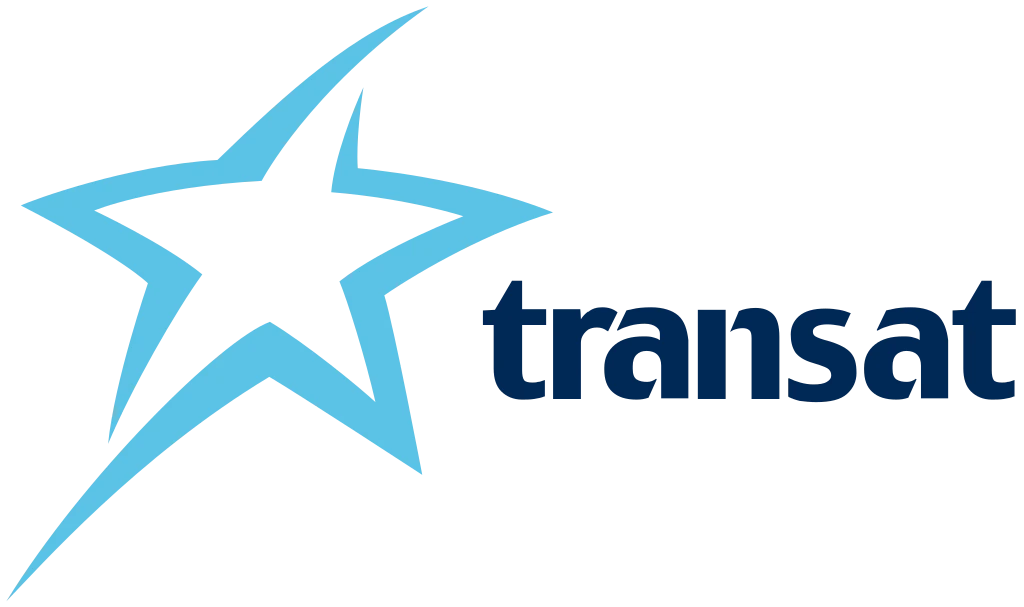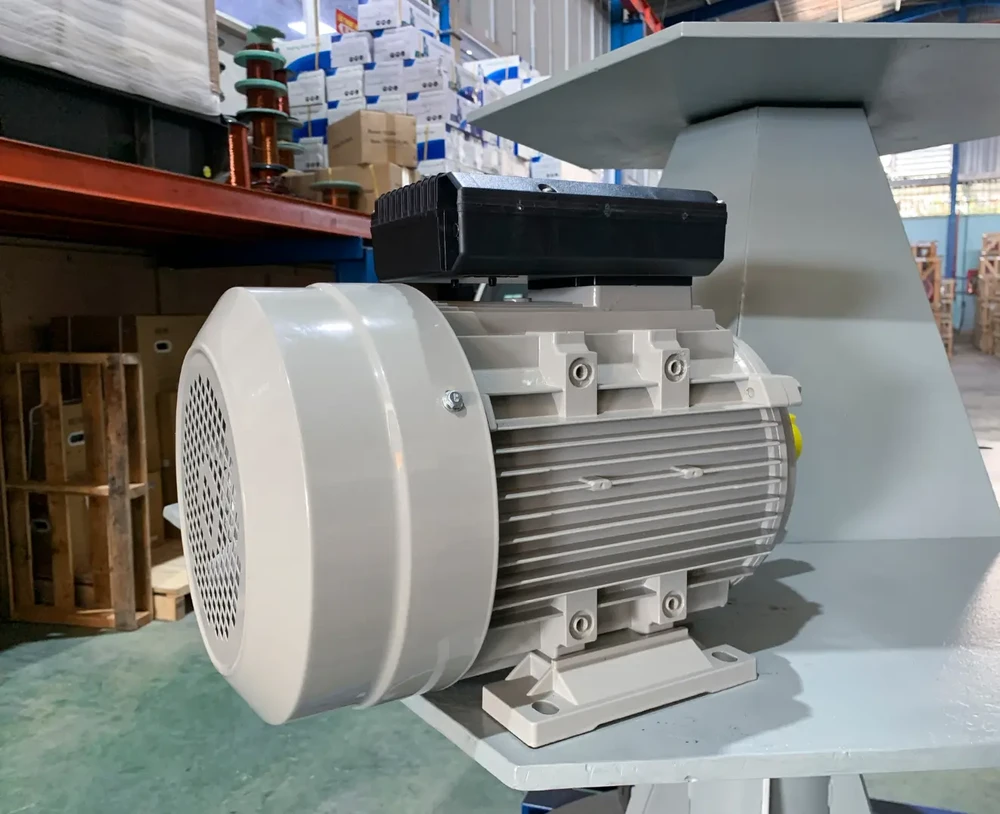
Moving Air Transat to the Cloud

The Challenge
A Mission Critical Application Constrained by its Environment
Air Transat, a successful Canadian airline depends on a mission-critical application to tightly control the scheduling of its over two thousand flight crew members. This powerful software takes into consideration laws, regulations, labor agreements, rank, seniority and the personnel’s flight route preferences, before producing its crew assignments. Performance is a highly important characteristic of this application, yet its servers were increasingly struggling to support it.
Overseen by Air Transat’s IT group, the application’s activity cycle stretches over a 2-week period every month and consists of data collection followed by a period of intense calculations. Server capacity consumption had gotten to the point where calculations took practically 24 hours, most of which were spent at the servers’ maximum processing capacity. Users were noting performance problems; manual interventions were increasing, and so was the risk of failure. Practically speaking, the 6-year-old servers had reached the end of their useful life.
Adding to this, a recent change in Disaster Recovery regulations now required a high-availability back-up of the application and its infrastructure. If the aging server cluster already needed to be replaced, this change in regulation now required doubling it. An onsite infrastructure scenario was now becoming quite costly (to the tune of half a million dollars).
Air Transat’s IT department concluded that its initial on-site infrastructure plan had to be re-evaluated. Could a cloud solution be a better alternative?

Accelerate Innovation with Oracle Cloud
Discover how Talan helps organizations modernize infrastructure, improve performance, and reduce costs with Oracle Cloud solutions. Learn More
The Three Big Benefits of this Cloud Migration
Start Your APEX Transformation

Sources
Services: Oracle Cloud, Lift and Shift
Solutions: Oracle Cloud Infrastructure
Industry: Transportation & Logistics














